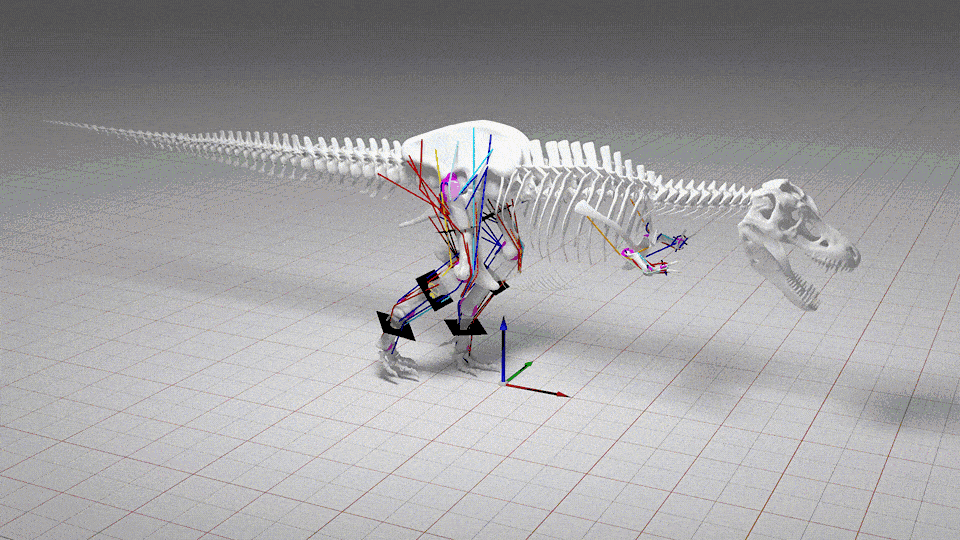When you buy through links on our site , we may earn an affiliate commission . Here ’s how it works .
Why are chetah the fast runners on Earth ? Physiologists examine lounge lizard locomotion have find that operate speed peaks in midsize animals , whose bodies hit a scented spot of tenacious leg and down in the mouth soundbox the great unwashed . Thecheetahis a near - unadulterated blend of those two attribute .
" Typically , bigger animal tend to work quicker than little animals , because they have long legs , " said Christofer Clemente of Harvard University ’s Propulsion Physiology Lab , who led the research . farsighted leg allow the fauna to cover up more earth per footstep and hit higher speed .

Cheetah in Kruger National Park chasing wart hog at full speed.
" But this only works up to a point , " Clemente said . " The fastest kingdom animate being is neither the swelled nor the smallest , but something in between . Think about the size of an elephant , a mouse and a cheetah . "
Cheetahs accelerate to 70 mph ( 112 kilometers per hour ) while chase after quarry .
To graph the human relationship between run speed and torso sizing , Clemente and his team take monitor lizards , which variegate substantially in size of it . ( test within a undivided species facilitate control for other variables , such as evolutionary adaptation that might make one mintage purposely slower than its body ’s maximum speed ; confining themselves to monitor lounge lizard let the researchers to compare move speed and consistency sizing forthwith . )

The researchers time and photographed lizard ranging from two to 12 pound as they sprint along a 45 - foot course . The midsize lizards proved fastest .
Using gamey - speed tv camera and markers placed at key points on the lizards ' organic structure , the researchers generated computer models of each of the reptile ' runs , enabling a comparison of their run tread .
" We then seem at how the auto-mechanic of the stride interchange with eubstance size , and we found that the changes in the stride were consistent with the change in speed , " Clemente explained ina closet release . " Above a certain size , lizards were alter the way they ran , perhaps due to a decreased power of the bones and muscles to support a larger body mass . "

Larger lizards have longer leg — an advantage when it comes to tend fastness — but too much size of it make biomechanical constraints : " Larger lizard ' leg can no longer support their body weight , and they have to switch their dash of track , making them slower , " he said .
The enquiry is detailed in the May / June issue of the diary Physiological and Biochemical Zoology .
















